Ukraine’s offensive has begun (and we won’t know everything about it)
- By 1945
Share This Article
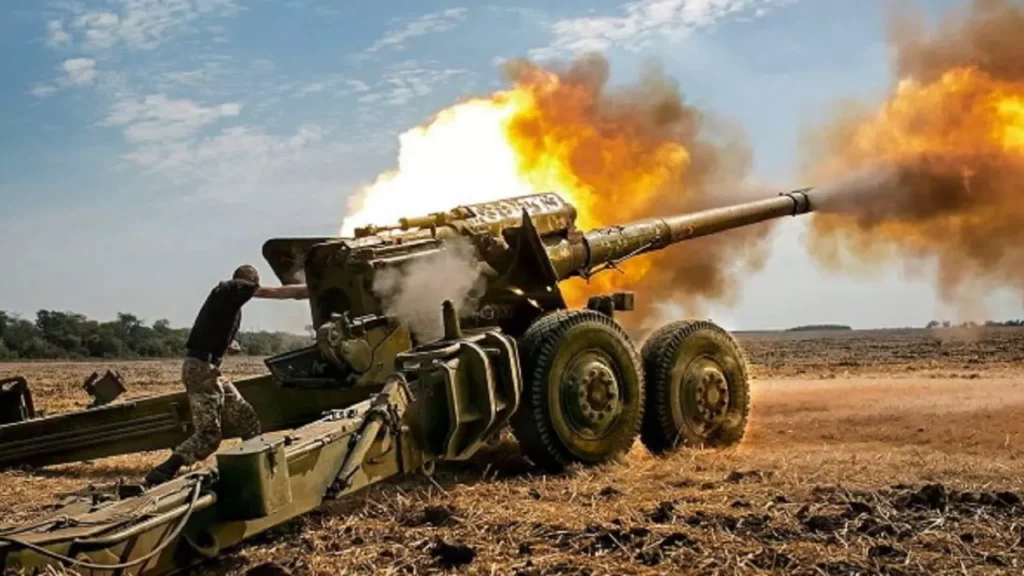
It seems that Ukraine might have begun its long-awaited offensive against Russian forces in the southern and eastern parts of the country. The offensive is obviously crucial, even though it will not end the war regardless of the outcome. Information is coming at a fast and furious pace; what do we know, and what can we do with what we know?
What we know
Unfortunately, we do not yet know a lot. Ukraine has been indicating publicly for several days that it will begin an offensive soon. Analysts have expected a Ukrainian offensive since the early spring, but the Ukrainian armed forces have been more patient, apparently waiting for the action in Bakhmut to settle down and for Western supplies to be fully incorporated into newly created maneuver units.
At the very least, Ukrainian forces have begun to launch heavily armed probes into Russian-controlled territory. The outcome of these probes is uncertain, but they might not have been expected to take much territory in any case. Ukraine has also launched deep strikes into Russian-controlled territory (some making use of British-supplied Storm Shadow missiles) and sponsored a Russian dissident attack on Belgorod, likely in an effort to draw Russian attention away from the front. Ukraine’s new armored force — including tanks supplied by Germany — has been spotted near the front for the first time.
Ukraine offensive: What we don’t know
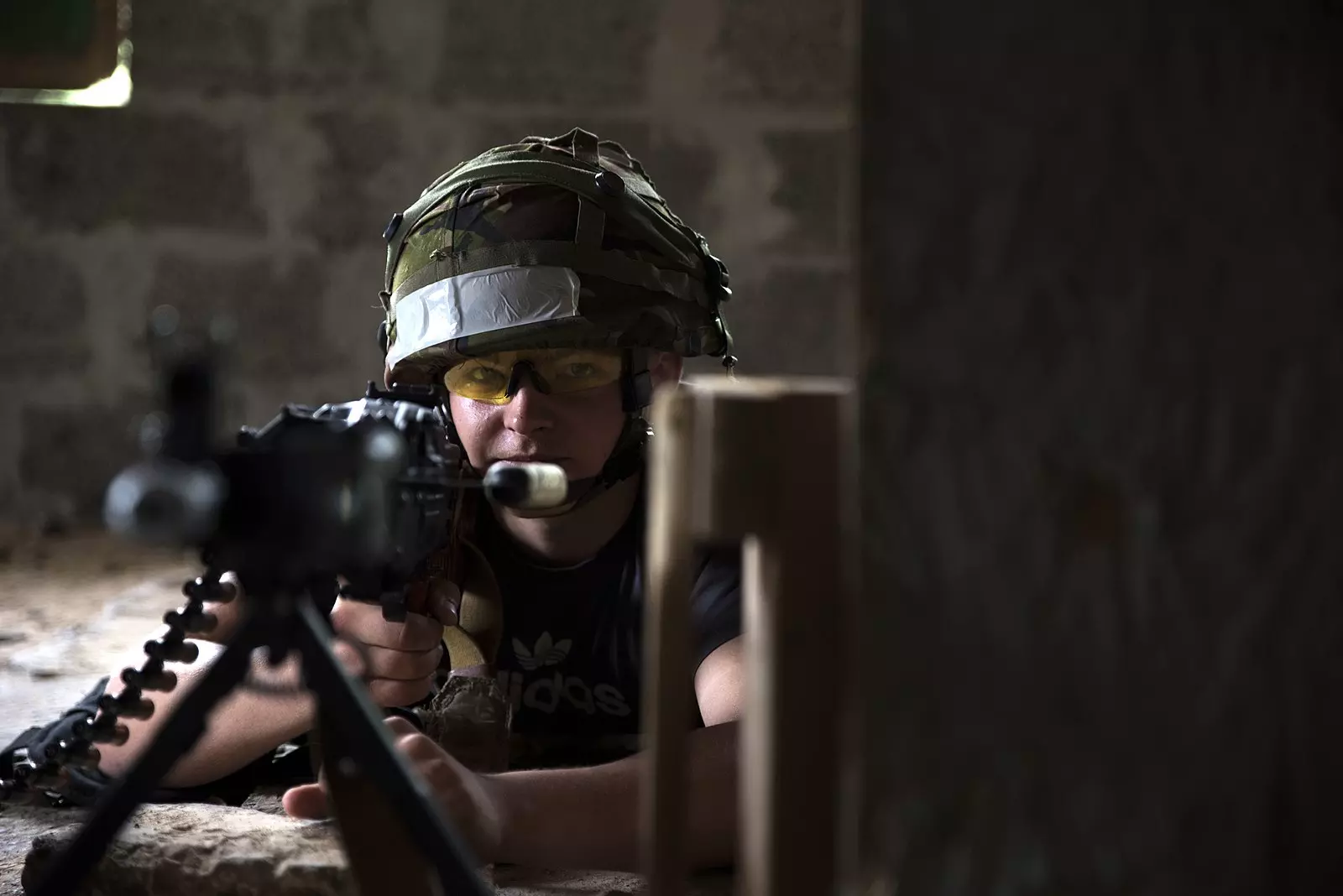
What we don’t know dwarfs what we know. We don’t know how much capability (personnel and munitions) Ukraine has kept in reserve from the battle for Bakhmut and the other skirmishes that characterized Russia’s winter offensive. We don’t know Ukraine’s operational objectives, and we don’t have a good sense of how flexible the Ukrainians will be about accomplishing those objectives.
On the other side, we don’t know how various elements of the Russian ground forces will respond to a high-intensity attack from dedicated Ukrainian units. Russian forces retreated rapidly and in good order from Kyiv, Kharkiv, and Kherson last year as the Ukrainians achieved local superiority. We don’t know how serious the feud between Wagner and the Russian armed forces has become, although it looks ugly. We don’t know much about how Russian conscripts will perform under serious fire.
Related: This is how you can join the Ukraine Foreign Legion (and who can join it)
What we may know and what we won’t know
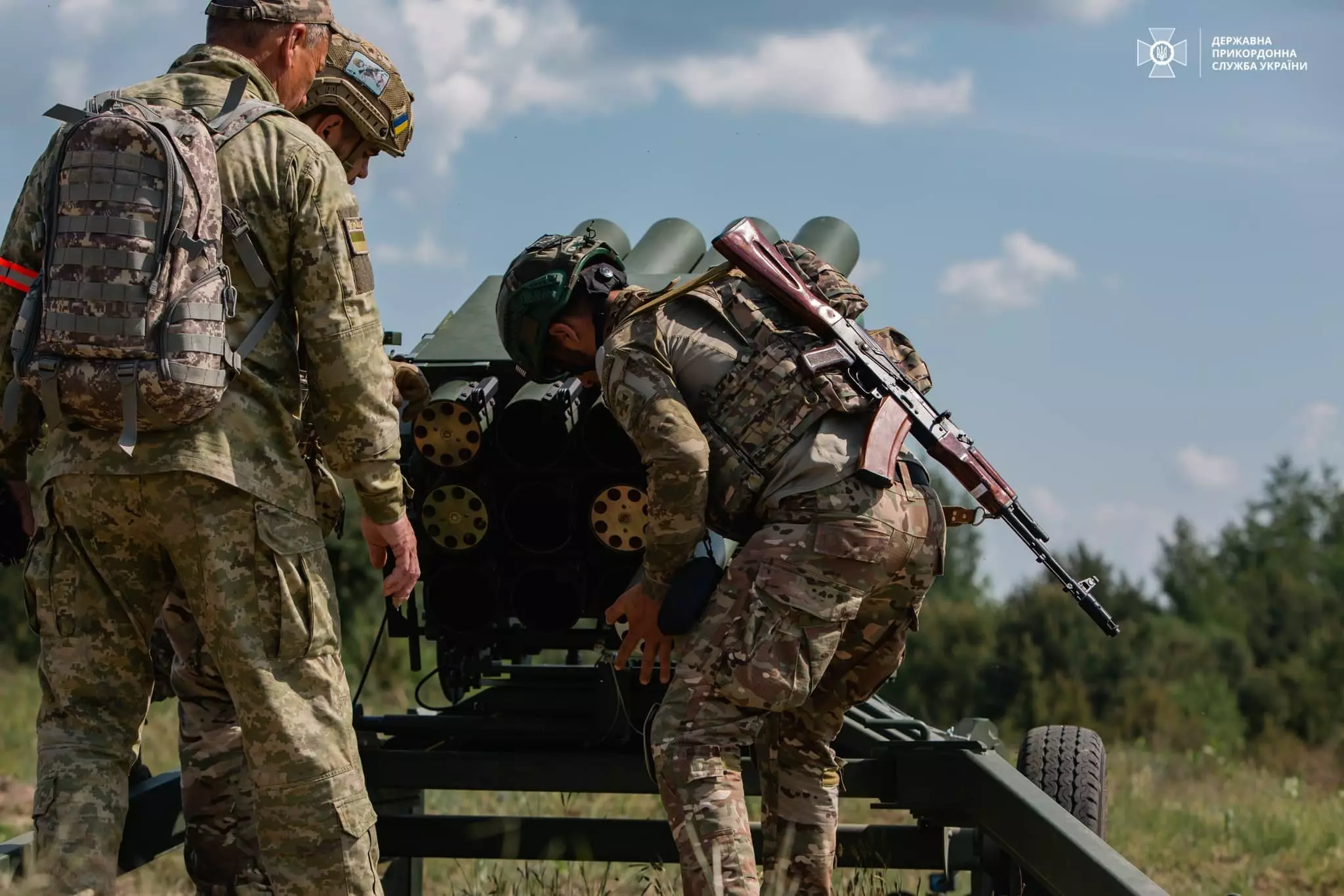
Both Russia and Ukraine have exceedingly sophisticated PR operations. Ukraine’s operation has been effective in the West, and Russia’s efforts have managed to secure the homefront. Moreover, Ukrainian and Russian armed forces emerged from a military culture that placed a high value on political-military deception operations. All wars involve these to some extent, but for Russia and Ukraine, they are an integral component of waging a military offensive. This means that any information coming from official Russian or Ukrainian sources must be treated as inherently suspect.
We do have other sources. The United States and the United Kingdom have well-oiled intelligence apparati that are somewhat more reliable than Russian or Ukrainian information. Some things will rapidly be obvious to the OSINT community. If there’s fighting deep behind the lines, then Ukraine is probably doing well. If broken Leopard tanks litter the front lines, then Ukraine is certainly doing less well.
However, even tactical results can be hard to interpret. A well-ordered retreat is still a retreat, but a retreat in good order is better than a rout, and it can help stabilize the entire line. A failed attack in one sector of the front may open up opportunities elsewhere. It’s true enough that the Red Army attacks against the German flanks on November 19, 1942, made the Battle of Stalingrad a fait accompli in just a few hours, but this is the exception rather than the rule.
Related: Operation Junction City: Vietnam’s only large-scale airborne operation
Despite all of the technologies that render the battlefield more transparent, the fog of war has yet to lift over the front in Ukraine. There are many things that the Ukrainians know about their own situation, and there is a great deal that the Russians understand about theirs, but critical information (including the motivation and competence of fielded forces) remains hidden from both sides. Indeed, Ukrainians don’t know how good the new units they’ve built really are; they have not been tested in the field. Similarly, Russians can only guess whether the conscripts they’ve put in critical defensive positions will fight or flee when the moment comes.
Much depends on the outcome of this offensive. A successful operation will reassure Ukraine’s Western allies and possibly undercut Russian popular support for the war, even if it does not induce the collapse of Russia’s armed forces or retake all of Ukraine’s lost territories. If the offensive manages to retake considerable ground and assert control over key strategic points, it will substantially improve Ukraine’s hand at the negotiating table. It could also help raise questions in the minds of countries that have thus far stood on the sidelines, such as India and China.
As for the West, anyone interested in the survival of a free and democratic Ukraine (and I count myself among these) should continue to support military aid to Kyiv. Every inch of territory that Ukraine retakes, and every tank and gun that the Ukrainians destroy, makes Russia’s decision to invade more costly. We can never dictate how another country interprets the outcome of a war (Saddam Hussein reputedly thought that he had won the first Gulf War), but the West should certainly seek a verdict so decisive that no one in Russia can conclude this war was a good idea.
Feature Image: Ukrainian artillery firing at targets. (Creative Commons)
This article by Robert Farley was originally published by 19FortyFive.com.
Read more from Sandboxx News
- These are the 3 different aircraft we call the F-35
- Energy drinks – The unsung hero of the Global War on Terror
- The special operations that paved the way for D-Day
- The INSAS – Is this the worst assault rifle ever made?
- Army partners with Sandboxx to launch app that increases engagement with recruits and helps them prepare before basic training
Related Posts
Sandboxx News Merch
-
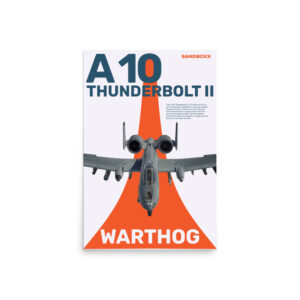
A-10 ‘Warthog’ Poster
$22.00 – $28.00 Select options This product has multiple variants. The options may be chosen on the product page -

F-35 ‘Lightning’ Framed Poster
$45.00 – $111.00 Select options This product has multiple variants. The options may be chosen on the product page -
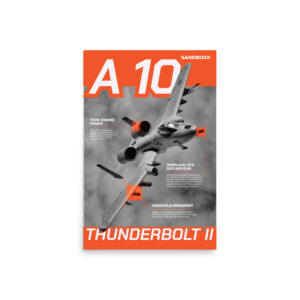
A-10 ‘Thunderbolt Power’ Poster
$22.00 – $28.00 Select options This product has multiple variants. The options may be chosen on the product page
1945
Related to: Breaking News, Military Affairs, Ukraine
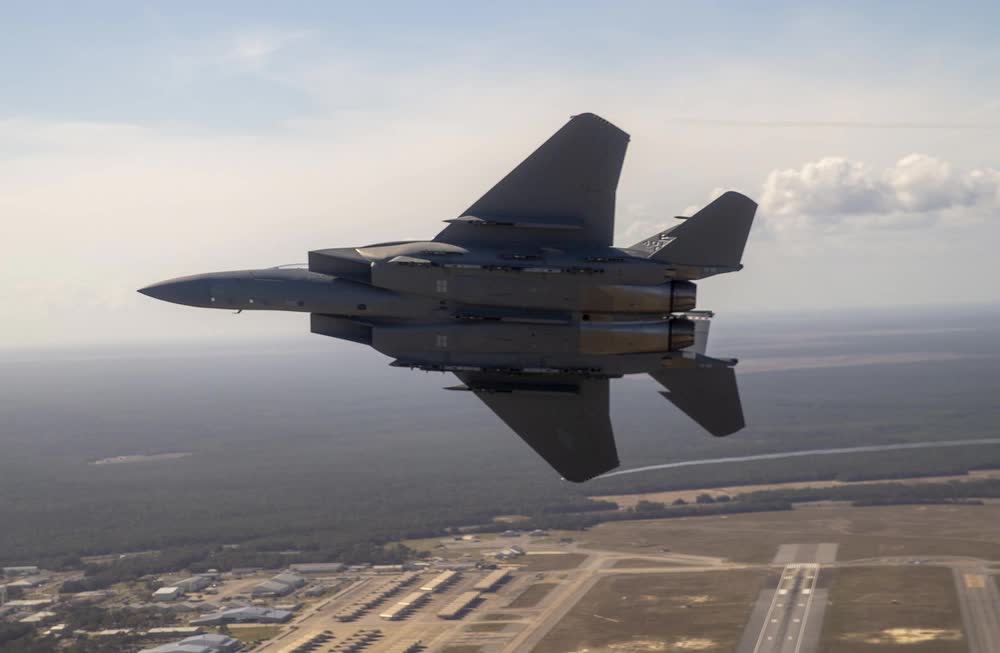
Video: The wild plans to use the F-15EX in the early days of a war
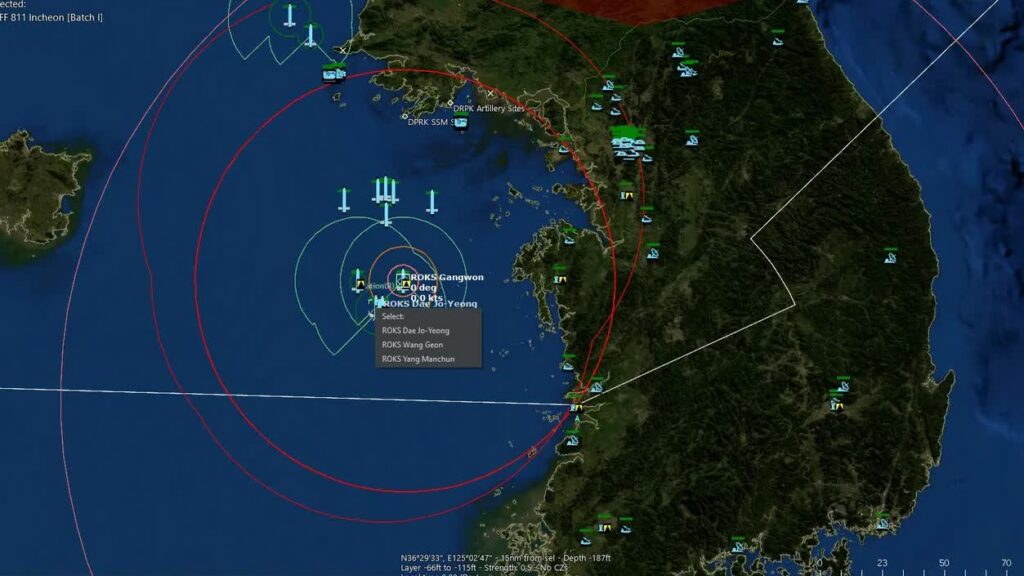
The Air Force is letting troops play a video game to prepare for global conflict
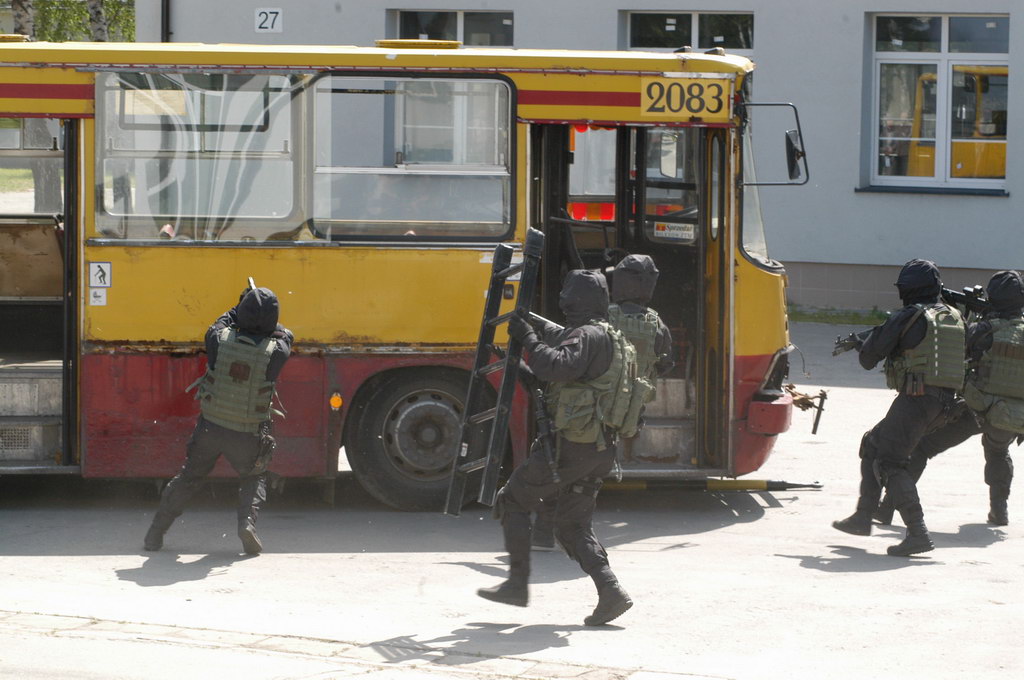
Delta Force escapades with Poland’s elite GROM special operations unit
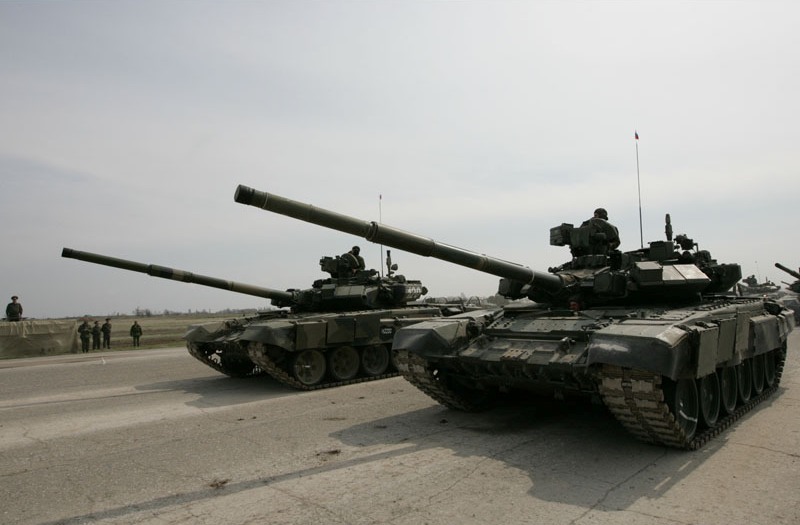
Ukraine is facing serious problems in the east, where Russia’s forces are grinding forward
Sandboxx News
-

‘Sandboxx News’ Trucker Cap
$27.00 Select options This product has multiple variants. The options may be chosen on the product page -

‘AirPower’ Classic Hoodie
$46.00 – $48.00 Select options This product has multiple variants. The options may be chosen on the product page -

‘AirPower’ Golf Rope Hat
$31.00 Select options This product has multiple variants. The options may be chosen on the product page -

‘Sandboxx News’ Dad Hat
$27.00 Select options This product has multiple variants. The options may be chosen on the product page
